The current phase of militancy in Kashmir has a very strong ideological basis. It is completely different from what it was in the early 1990s. Islamist theology originating from Wahabism and Maududism provides the requisite ideological input to the current phase of militancy. In that sense it is not different from global jihadist movements. The ideological derivatives are same.
What sets it apart from global jihadism is that militants operating in Kashmir are not organizationally or structurally associated with the Islamist global jihadists. They are still controlled by the Pakistan deep state. Barring one small group of Ansar Gazwat-ul Hind considered to be affiliated to Al Qaeda, all other militant groups in Kashmir are in direct control of the Pakistan deep state. Their ideological foundations, however, are as deadly as that of any other global jihadi organization. Kashmiri militants are now as much trained for carrying out suicidal attacks as any other Islamist jihadi of foreign origin.
The Pulwama attack of February 14 and the unsuccessful Banihal attack of March 24 were carried out by Kashmiri militants. Intelligence inputs suggest that there are more Kashmiri militants who have been trained to carry out suicidal attacks. This makes the current phase of militancy in Kashmir more deadly in comparison to its early phase.
Militants in Kashmir, across the spectrum of their group affiliation, are playing a strategic numbers game in the Valley. Since 2010, it has been observed that the terrorist organizations operating in Kashmir keep the number of total active militants between 200 and 250. Intelligence officials say that this seems to be a well thought-out tactic on their part. Vigil on the Line of Control (LC) and the international border has been stepped up by India in the last few years, making infiltration difficult. At this stage, infiltration on the international border is less about militants crossing over to this side; the higher incidence is of delivery of weapons from the other side.
The current breed of militants in Kashmir do not require motivational inputs from across the border. The extremist and deadly Islamist ideology has made them hardcore in their approach to violence. This current breed needs only expertise and weapons to sustain. Smuggling weapons from across the border is their major challenge. This is why the militant groups engaged in Kashmir deliberately keep the numbers between 200 and 250. In 2017, around 200 militants were killed by the security forces. At the end of the year, the number of active militants operating in Kashmir was again close to 250. Likewise in 2018, about 260 militants were killed. The number of militants active at the end of 2018 was again around 250. This pattern is being observed for close to a decade. In 2010, security forces killed about 270 militants in various operations. The number of active militants at the end of that year was around 230.
There is also the issue of finances. Hawala channels have been largely blocked, and the influx is relatively low. In the sting operation conducted by India Today in 2017, senior separatist leader Nayeem Khan admitted that approximately Rs 450 crores were spent to sustain the 2016 agitation. According to estimates, earlier Rs 300 crore was pumped into Kashmir annually through hawala transactions from Pakistan and Arab countries. This money reached separatist leaders, some Trusts and NGOs in fixed sums. The recent crackdowns by the National Investigating Agency has succeeded in blocking the influx of hawala money to Kashmir to a considerable extent. The hawala transactions came down drastically following the crackdown on separatists and others involved in the business.
But two channels remain intact. One is the money coming from Saudi Arabia to build Wahabi infrastructure in Kashmir. According to the police and security agencies, Saudi money flows unhindered in Kashmir. The second is the annual outlay of the Pakistan deep state for Kashmir. According to intelligence sources, this amount is between Rs 150-200 crore. Out of this, Rs 50 crore approximately is provided to organizations like Jaish-e Muhammad (JeM) and Lashkar-e Taiba (LeT) to facilitate the smuggling of weapons from Pakistan, and also the infiltration of militants. Rs 100 to 150 crore are provided for the logistics of the militants operating in Kashmir. Senior police officers say the Indian intelligence agencies have provided these figures after getting credible inputs from across the border. Despite the provision of these large sums, it is argued that enough funds are now not available to the militants and separatists in Kashmir to mobilize big crowds or organize huge protests. From 2014 to 2017, militants desperately resorted to loot and arson to meet their financial requirements. In several bank dacoities during this period, militants decamped with crores of rupees.
In the current phase of Kashmir militancy, the local Kashmiri youth are more inclined towards JeM and LeT as compared to Hizbul Mujahideen, which was earlier regarded as the largest indigenous group. From the perspective of radical Kashmiri youth, there is logic in joining the ranks of JeM or LeT. The ideological churning of Kashmiri youth makes them identify more with JeM and LeT, which operate from Pakistan and have global jihadist foundations. Currently, about 60 JeM militants are operating in Kashmir. An equal number of Jaish militants have been neutralized since September 2018. In December 2018, 13 JeM militants infiltrated from Pakistan. The Pulwama attack took place on February 14 in which 45 men of Indian security agencies were killed. JeM militants infiltrate mostly by crossing the international border in Jammu region.
After the Pulwama attack, the security agencies initially were of the opinion that the attack was planned and executed by JeM militants from Kakapora in Pulwama district. Kakapora is about eight kilometers from Lethpora, also in Pulwama district, where the suicide bomber blew the car loaded with explosives. But as the investigations proceeded, security agencies were surprised to know that the planning and execution for the Pulwama attack was done at Marhama village in Anantnag district. Marhama is the highest-populated village in Anantnag district. It boasts of five madrasas, belonging to all the five sects of Islam present in Kashmir: Wahabism, Jamat-e Islami, Deobandi, Barelvi and Tableegi. Security agencies say Marhama is the new epicenter of JeM. Jaish has a significant presence also in Tral in Pulwama district. Tral houses Madrasa-e-Noor, an old established madrasa run by one Moulvi Noor Ahmad. According to Jammu and Kashmir Police, 70 percent of youth who joined militant ranks from Tral were former students of Madrasa-e-Noor. In Shopian district, Imaam Sahib, Harmain and Zainapora areas have a significant number of Jaish recruits. This area houses one of the biggest Ddeobandi madrasas of Kashmir valley. In North Kashmir, Jaish is active with local support in Dangiwacha area of Sopore.
According to security agencies, LeT has about 50 militants active in Kashmir. Out of these, 30 are local while 20 are foreigners, mostly from Pakistan. Extremist religious groups provide theological and human resource support to militant organizations active in Kashmir. The problem is not restricted to armed militants alone. Security agencies in Kashmir are facing a bigger and more dangerous challenge from unarmed non-combatant youth who are completely radicalized, and are ready to join militant ranks. Security agencies and the police accept that the number of militants active at a time would have been much higher if the militant groups had access to more guns and ammunition.
(Bashir Asad is a Srinagar based senior journalist from J&K. An author and researcher, he also engages in peace-building initiatives in Kashmir.)
(The paper is the author’s individual scholastic articulation. The author certifies that the article/paper is original in content, unpublished and it has not been submitted for publication/web upload elsewhere, and that the facts and figures quoted are duly referenced, as needed, and are believed to be correct). (The paper does not necessarily represent the organisational stance... More >>
Image Source: https://moderndiplomacy.eu/wp-content/uploads/2018/03/Jihadist.jpg

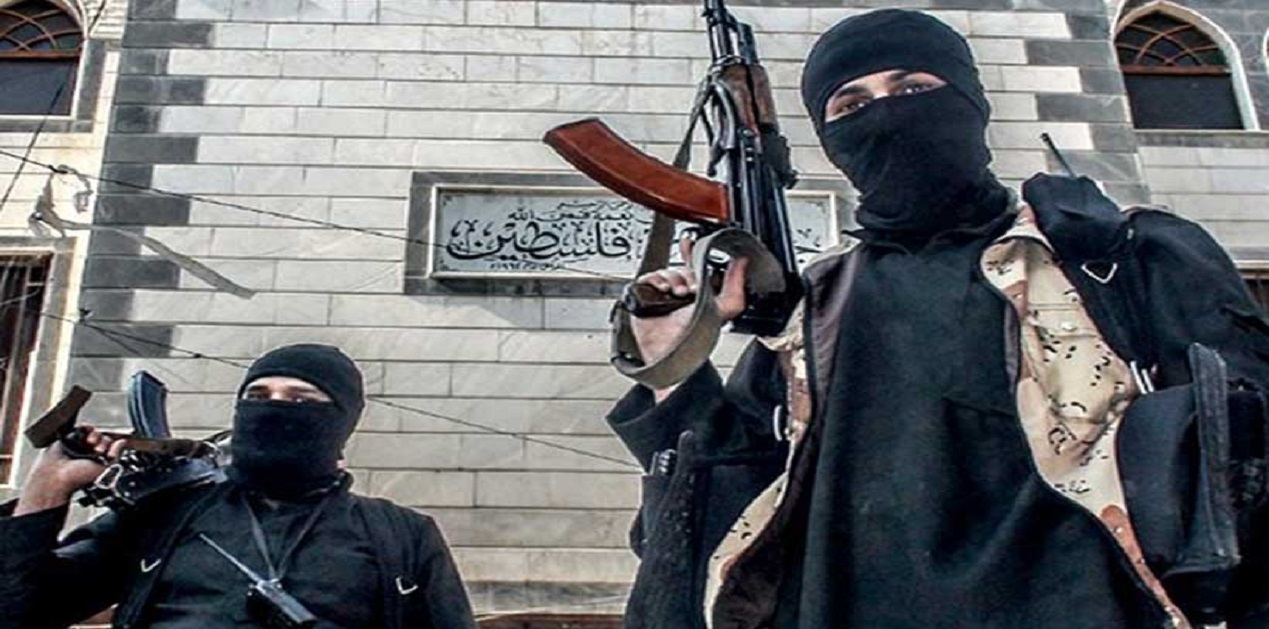

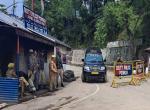


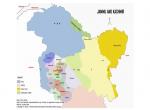
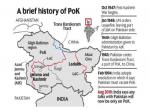

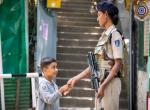
Post new comment